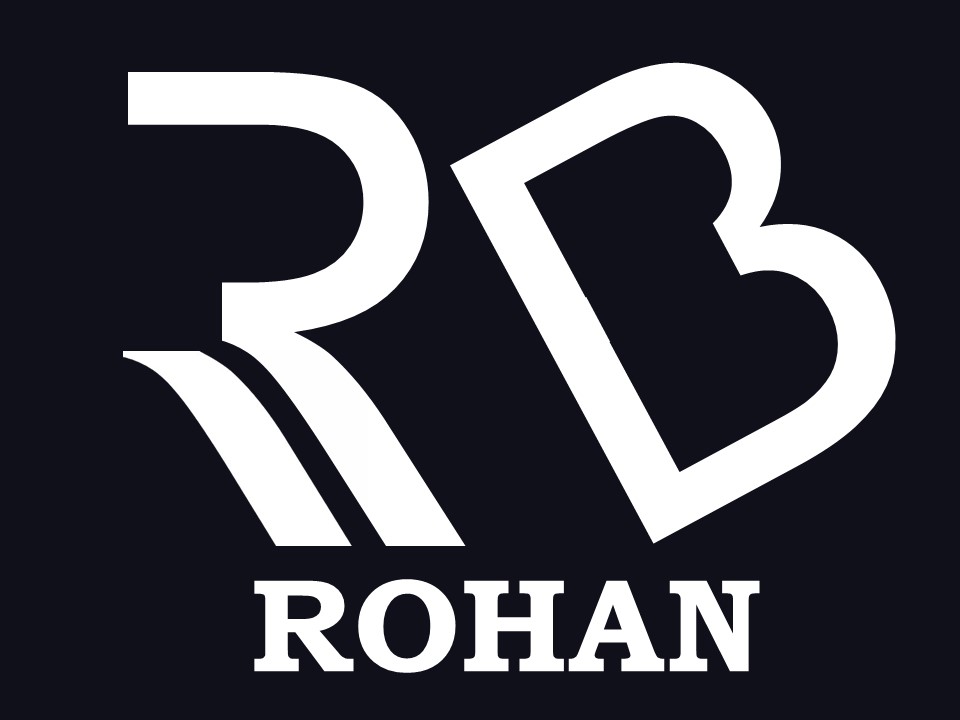The Monetary Approach to the Balance of Payments (MABOP) views the BOP as a reflection of monetary disequilibrium. Instead of focusing only on trade flows, this approach emphasizes the relationship between a country’s money supply, money demand, and international reserve flows.
Core Principle:
A BOP surplus or deficit occurs when money supply (from foreign and domestic sources) is not equal to money demand.
1. Money Supply and BOP
In an open economy, the total money supply is determined by:
M = NFA + NDA
- M = Money supply
- NFA = Net Foreign Assets (mainly foreign reserves)
- NDA = Net Domestic Assets (mainly bank lending to government and private sector)
If M > L(Y, i): People have excess money → increased imports/capital outflows → BOP deficit → ↓ NFA
If M < L(Y, i): People want more money → reduce imports, sell foreign currency → BOP surplus → ↑ NFA
2. Role of Bank Lending in BOP Dynamics
a. Credit Expansion (↑ NDA → Excess Money → BOP Deficit)
- Banks create deposits through lending → M increases.
- If money supply exceeds demand, people spend more or buy foreign assets.
- Result: BOP deficit, reserve loss (↓ NFA).
b. Credit Contraction (↓ NDA → Money Shortage → BOP Surplus)
- Less lending or loan repayments reduce money supply.
- People want to hold more money → cut spending/imports.
- Result: BOP surplus, reserve gain (↑ NFA).
3. Adjustment Mechanism Under Fixed Exchange Rate
- In a fixed exchange rate system, money supply adjusts through reserve flows.
- BOP deficit → ↓ reserves → ↓ money base → restores balance.
- BOP surplus → ↑ reserves → ↑ money base → restores balance.
This is called automatic monetary adjustment.
4. Sterilisation and Delayed Adjustment
- If the central bank sterilizes inflows (e.g., sells securities to absorb liquidity), it blocks reserve-related money growth.
- Delays automatic adjustment and may attract more inflows, worsening the imbalance.
5. Policy Implications
| Scenario | Monetary Imbalance | Likely BOP Outcome | Policy Recommendation |
|---|---|---|---|
| Rapid bank lending | M > L(Y, i) | BOP deficit | Tighten credit; absorb liquidity |
| Low credit growth; rising income | M < L(Y, i) | BOP surplus | Ease liquidity; allow monetary expansion |
| Sterilised reserve inflows | Prevents M increase | Delays surplus effect | Balance inflation control with reserve costs |
6. Monetary Approach vs Other Approaches
| Approach | Focus | Main Variable | Key Tool |
|---|---|---|---|
| Elasticity Approach | Trade flows | Price elasticity | Exchange rate adjustment |
| Absorption Approach | Expenditure-income gap | National income vs. spending | Fiscal-monetary policy mix |
| Monetary Approach | Money supply-demand gap | NFA + NDA vs. money demand | Reserve flows + monetary control |
7. Nepal’s Context
- Fixed exchange rate with INR makes monetary approach directly relevant.
- Foreign reserves are affected by trade, remittances, aid, and capital flows.
- Rapid bank lending often leads to import surges and reserve pressure.
- Remittances support both NFA and money demand.
- NRB uses tools like CRR, repo, SLF to align credit growth with external balance needs.
8. Conclusion: BOP as a Monetary Phenomenon
The monetary approach views the balance of payments as a result of the difference between money demand and money supply:
BOP ∝ L(Y, i) - M = Money Demand - Money Supply
- Excess money supply (via aggressive bank lending) leads to BOP deficit.
- Money shortage leads to BOP surplus.
Conclusion: Monetary stability and responsible credit growth are key to maintaining balance of payments stability — especially under a fixed exchange rate regime like Nepal’s.

إرسال تعليق